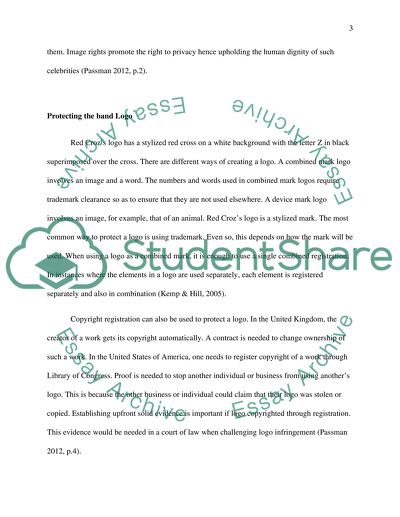Cite this document
(“Intellectual Property Law Essay Example | Topics and Well Written Essays - 2750 words - 1”, n.d.)
Intellectual Property Law Essay Example | Topics and Well Written Essays - 2750 words - 1. Retrieved from https://studentshare.org/law/1495029-intellectual-property-law
Intellectual Property Law Essay Example | Topics and Well Written Essays - 2750 words - 1. Retrieved from https://studentshare.org/law/1495029-intellectual-property-law
(Intellectual Property Law Essay Example | Topics and Well Written Essays - 2750 Words - 1)
Intellectual Property Law Essay Example | Topics and Well Written Essays - 2750 Words - 1. https://studentshare.org/law/1495029-intellectual-property-law.
Intellectual Property Law Essay Example | Topics and Well Written Essays - 2750 Words - 1. https://studentshare.org/law/1495029-intellectual-property-law.
“Intellectual Property Law Essay Example | Topics and Well Written Essays - 2750 Words - 1”, n.d. https://studentshare.org/law/1495029-intellectual-property-law.


